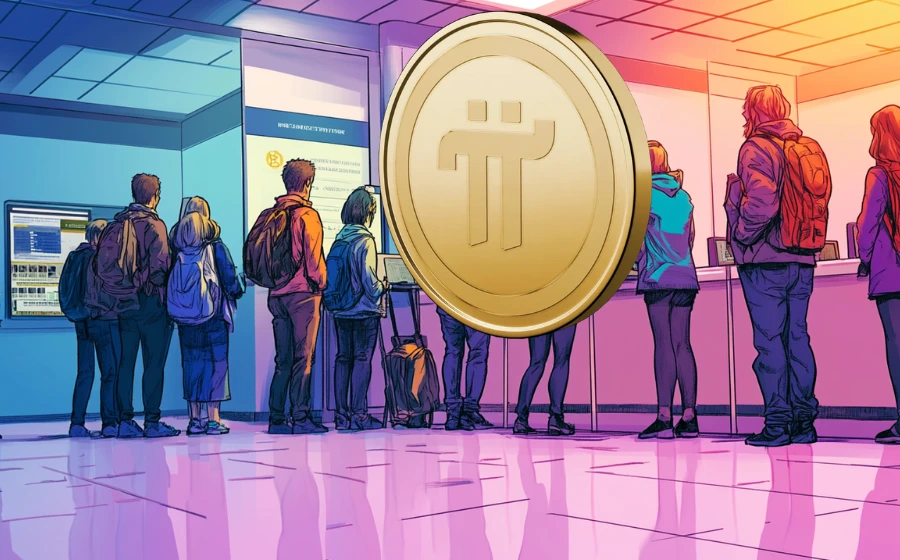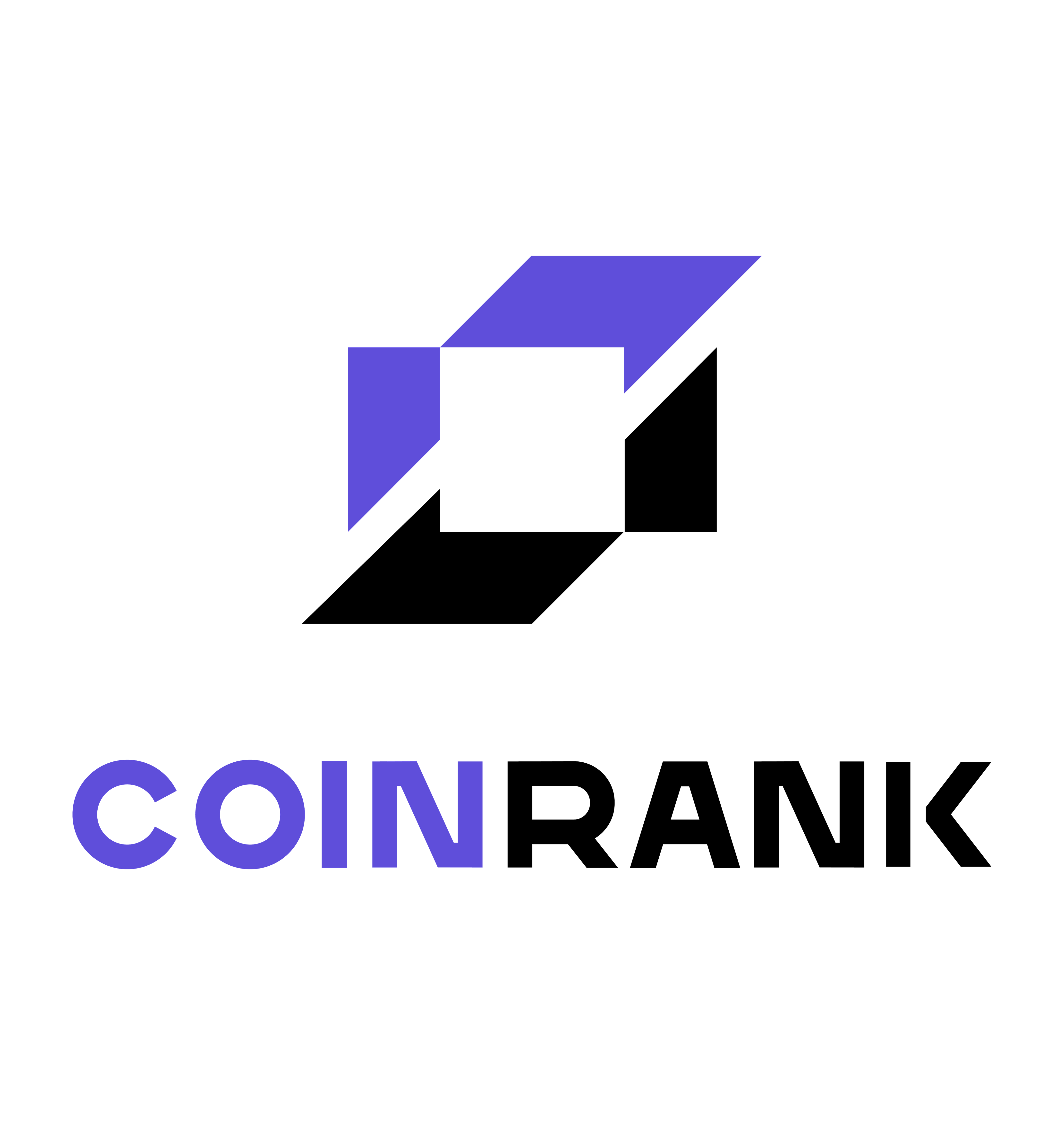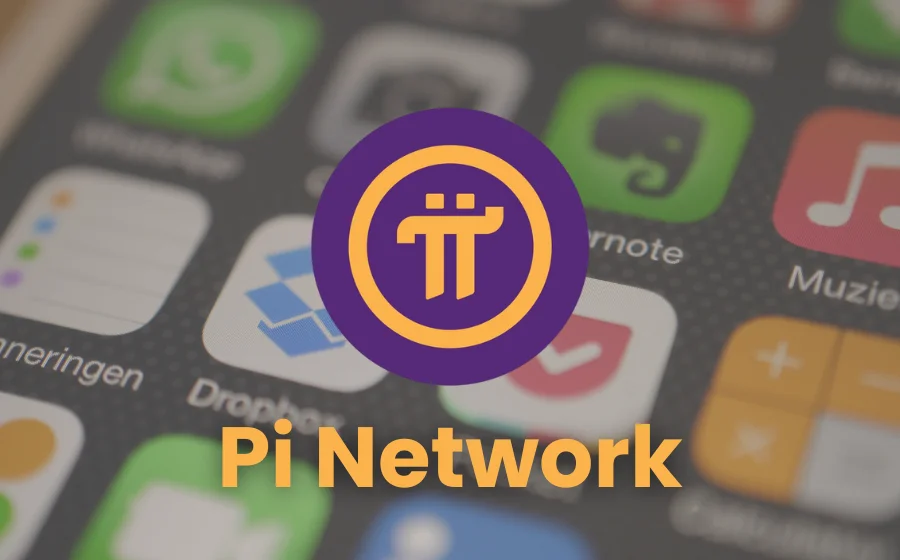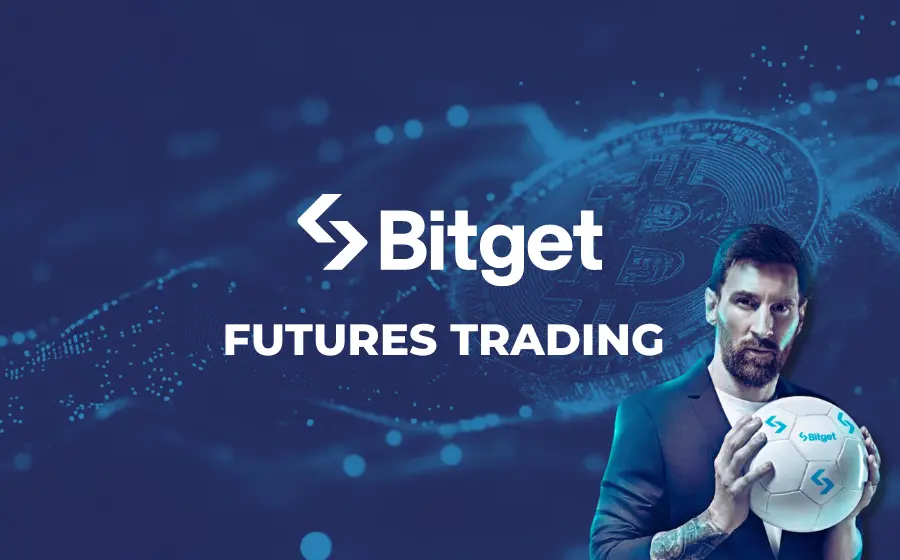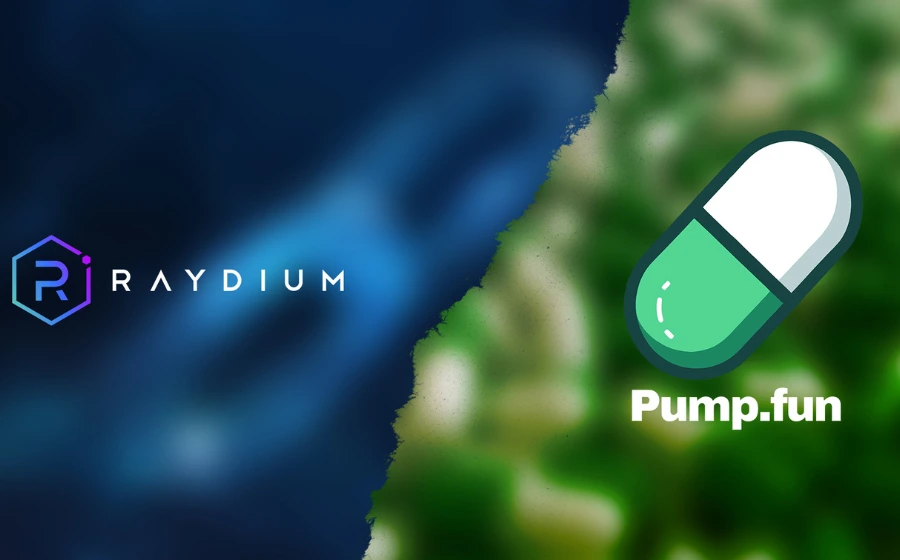
KEYTAKEAWAYS
- Berachain is an EVM-compatible Layer 1 blockchain
- BERACHIN'S CORE INNOVATION: Proof of Liquidity (PoL) Mechanism
- Berachain adopts a dual-token model consisting of BERA and BGT
- The PoL mechanism controls inflation by adjusting validators' Boost, ensuring network security and decentralization
- Through the Proof of Liquidity (PoL) mechanism, BERACHIN aligns network value with the value of applications built on it

CONTENT
On February 6, 2025, Berachain mainnet is set to officially launch. As an EVM-compatible Layer 1 blockchain, Berachain has reimagined the incentive structures in blockchain economics through its unique Proof of Liquidity (PoL) mechanism, aiming to more closely align network value with the value of applications built upon it. This article will provide an in-depth analysis of Berachain’s innovative mechanisms, governance model, and how PoL influences blockchain economic models.
BERACHAIN’S CORE INNOVATION: PROOF OF LIQUIDITY
Unlike traditional Proof of Stake (PoS) mechanisms, Berachain’s PoL mechanism not only secures the network through token staking but also links validator rewards to the network’s liquidity demands. The core concept of PoL is to incentivize user and application participation through liquidity proof, further driving network growth and activity.
Dual-Token Model: BERA and BGT. Berachain employs a dual-token model consisting of BERA and BGT. BERA serves as the base token, primarily used for transaction fees and staking, while BGT functions as the governance and reward token, which cannot be traded directly and can only be obtained through staking BERA or providing liquidity. BGT’s distribution and issuance are closely tied to BERA staking, and users can exchange BGT for BERA through burning.
Through the PoL mechanism, validator rewards depend not only on the amount of BERA staked but are also directly related to their BGT Boost value. This mechanism closely aligns validator earnings with application demands within the network, thus incentivizing them to actively participate in building the network’s ecosystem.
BERACHAIN’S GOVERNANCE MECHANISM: BGT FOUNDATION AND DECENTRALIZED
Decision-Making Berachain’s governance model is also innovative. Through the establishment of the BGT Foundation, which represents the interests of BGT holders, it promotes the development of the PoL mechanism while ensuring network stability and security, gradually achieving decentralized governance.

Source: Berachain
Three Phases of Governance
- Governance Phase Zero: In the initial stage, only Berachain’s native decentralized exchange (DEX) – BeraSwap pools will receive BGT rewards. The BGT Foundation and guardians will evaluate governance proposals to ensure they align with the community’s overall objectives.
- Governance Phase One: As the mainnet operates, Berachain will enter the first phase of governance, where the PoL mechanism will extend to all protocol pools. Community members can propose new protocol pool qualifications, which will be evaluated through a transparent governance process.
- Governance Phase Two: Eventually, governance rights will be fully transferred to BGT holders, with guardians retaining veto power only in emergencies. BGT holders will be able to propose and vote on the network’s development direction, including adjustments to the PoL mechanism and other significant changes.
THE ECONOMIC MODEL OF PROOF OF LIQUIDITY
The core of the PoL mechanism lies in incentivizing user and developer participation through liquidity proof. Validator rewards depend not only on the amount of BERA staked but are also closely tied to their BGT Boost value. This economic design aims to ensure that network liquidity aligns with validator incentives, promoting long-term network development and stability.
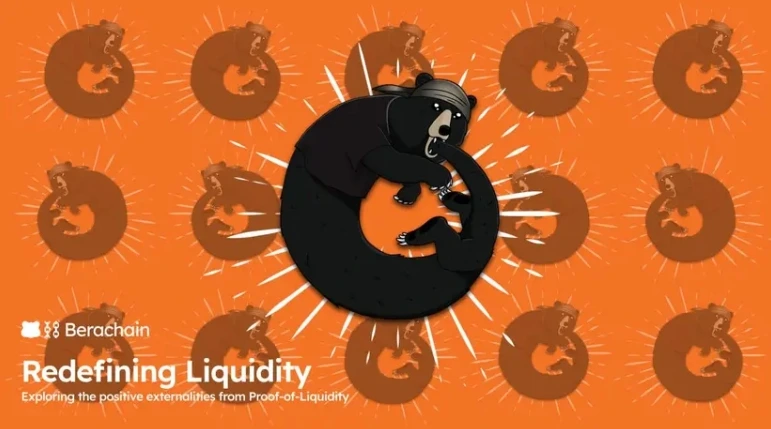
Source: Berachain
Liquidity Incentives and Market Equilibrium: The PoL mechanism rewards pools demonstrating strong liquidity, encouraging validators and BGT holders to support high-liquidity pools. This not only helps with effective price discovery and low-slippage trading but also promotes stable market operation. Through this approach, Berachain avoids the risk of excessive fragmentation while ensuring the robustness and resilience of the network ecosystem.
Dynamic Relationship Between BERA and BGT:The relationship between BERA and BGT creates a new economic dynamic. When the value of application incentives exceeds the BGT issuance rate, BGT holders tend to hold BGT for higher returns; conversely, when incentive value falls below the issuance rate, users may choose to exchange BGT for BERA. This dynamic balance helps ensure system stability and sustainability.
COMPARATIVE ANALYSIS WITH OTHER LAYER 1 BLOCKCHAIN PROJECTS
To better understand Berachain’s innovations, let’s compare it with other mainstream Layer 1 blockchain projects and explore their relative advantages and differences.
- Ethereum: Currently the primary platform for smart contracts, Ethereum uses Proof of Stake (PoS) for network security. While PoS offers improved energy efficiency and lower operational costs, Ethereum still faces scalability and transaction fee challenges. In contrast, Berachain deeply integrates liquidity with its reward system through the PoL mechanism, offering a more dynamic economic model that may help alleviate existing platform bottlenecks.
- Solana: Solana combines Proof of History (PoH) with Proof of Stake (PoS), emphasizing high throughput and low latency, becoming a key platform for DeFi and NFTs. However, Berachain’s PoL mechanism focuses more on incentivizing user participation through liquidity proof and promoting decentralized governance, emphasizing ecosystem building and market stability.
- Avalanche: Avalanche’s multi-chain architecture supports highly scalable DApp development, with its Avalanche Consensus ensuring fast transaction confirmation and low latency. Berachain focuses on enhancing network liquidity through its PoL mechanism and uses this to drive network growth and application incentives, emphasizing internal ecosystem stability and sustainability.
- Cosmos: Cosmos achieves blockchain interoperability through Tendermint consensus and IBC (Inter-Blockchain Communication) protocol, solving the blockchain isolation problem. Berachain strengthens ecosystem interaction and liquidity through its PoL mechanism, offering new approaches to decentralized governance and liquidity.
- Polkadot: Polkadot supports cross-chain interoperability using Nominated Proof of Stake (NPoS) consensus, offering high flexibility. Compared to Polkadot, Berachain focuses on enhancing network stability through liquidity incentive mechanisms, particularly at the application layer, further promoting healthy ecosystem development.
These comparisons highlight Berachain’s distinct approach in several areas, particularly in how it uses liquidity mechanisms to promote long-term network stability and decentralized governance.
BERACHAIN’S APPLICATION SCENARIOS
The PoL mechanism extends beyond DeFi applications to other areas, such as Real World Assets (RWA) and Layer 2 solutions. Asset issuers can incentivize users to hold or use tokenized assets through the PoL reward mechanism, thereby enhancing their liquidity. Additionally, Layer 2 developers can leverage Berachain’s PoL mechanism to solve cold start problems and quickly attract users and liquidity.
AMM Decentralized Exchange: Berachain’s native decentralized exchange (BeraSwap) incentivizes users to provide liquidity through the PoL mechanism. Users can earn BGT rewards by staking liquidity pool tokens, further driving exchange liquidity and trading volume growth. This mechanism helps solve cold start problems and improves capital efficiency.
Real World Assets:The PoL mechanism can also be used to incentivize liquidity for real-world assets. For example, asset issuers can reward users who hold or use their tokenized assets through PoL, thereby enhancing secondary market liquidity and creating new opportunities for traditional asset tokenization.
Berachain’s PoL mechanism brings new thinking to blockchain economics by linking liquidity proof with validator rewards, enhancing network security and decentralization while providing incentive mechanisms for users and applications. With its mainnet launch in 2025, Berachain is poised to become a strong contender in next-generation blockchain infrastructure, promoting widespread blockchain technology adoption and innovation. Through the PoL mechanism, Berachain effectively combines network value with application value, offering new possibilities for building a more fair, transparent, and efficient blockchain ecosystem.
▶ Buy Crypto at Bitget
CoinRank x Bitget – Sign up & Trade to get $20!


